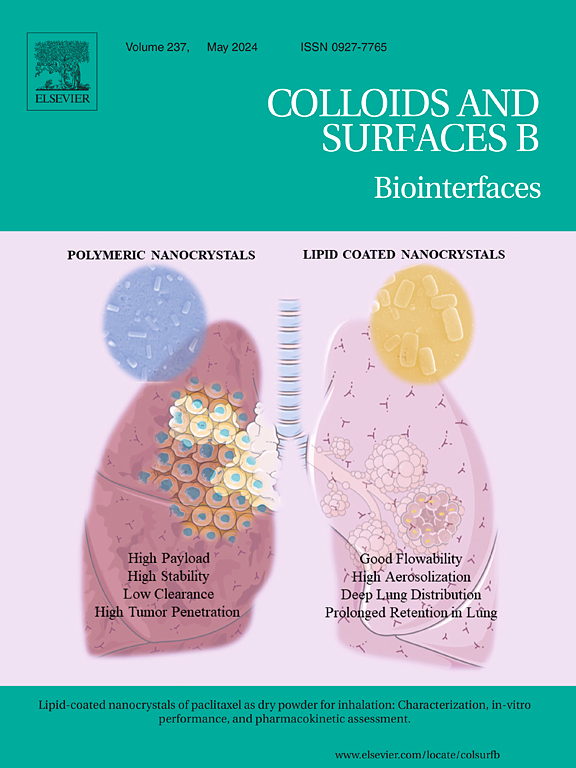3D-bioprinting of MXenes: Developments, medical applications, challenges, and future roadmap
IF 5.4
2区 医学
Q1 BIOPHYSICS
引用次数: 0
Abstract
MXenes is a member of 2D transition metals carbides and nitrides with promising application prospects in energy storage, sensing, nanomedicine, tissue engineering, catalysis, and electronics. In the current era, MXenes have been widely applied in biomedical applications due to their unique rheological and electrochemical attributes. They have a larger surface area with more active sites, higher conductivity, lower cytotoxicity, and greater biocompatibility, making them highly suitable candidates for in-vivo biomedical applications. Due to recent advancemnets in MXenes 3D bioprinting, they are widely applied in regenerative medicine to combat challenges in suitable transplantation of tissues and organs. However, 3D bioprinting of MXenes has several complexities based on cell type, cytotoxicity, cell viability, and differentiation. To address these intricacies, surface modifications of MXene materials are done, which makes them highly fascinating for the 3D printing of tissues and organs. In the current review, we summarized recent progress in 3D bioprinting of MXene materials to construct scaffolds with desired rheological and biological properties, focusing on their potential applications in cancer phototherapy, tissue engineering, bone regeneration, and biosensing. We also discussed parameters affecting their biomedical applications and possible solutions by applying surface modifications. In addition, we addressed current challenges and future roadmaps for 3D bioprinting of MXene materials, such as generating high throughput 3D printed tissue constructs, drug delivery, drug discovery, and toxicology.
求助全文
约1分钟内获得全文
求助全文
来源期刊

Colloids and Surfaces B: Biointerfaces
生物-材料科学:生物材料
CiteScore
11.10
自引率
3.40%
发文量
730
审稿时长
42 days
期刊介绍:
Colloids and Surfaces B: Biointerfaces is an international journal devoted to fundamental and applied research on colloid and interfacial phenomena in relation to systems of biological origin, having particular relevance to the medical, pharmaceutical, biotechnological, food and cosmetic fields.
Submissions that: (1) deal solely with biological phenomena and do not describe the physico-chemical or colloid-chemical background and/or mechanism of the phenomena, and (2) deal solely with colloid/interfacial phenomena and do not have appropriate biological content or relevance, are outside the scope of the journal and will not be considered for publication.
The journal publishes regular research papers, reviews, short communications and invited perspective articles, called BioInterface Perspectives. The BioInterface Perspective provide researchers the opportunity to review their own work, as well as provide insight into the work of others that inspired and influenced the author. Regular articles should have a maximum total length of 6,000 words. In addition, a (combined) maximum of 8 normal-sized figures and/or tables is allowed (so for instance 3 tables and 5 figures). For multiple-panel figures each set of two panels equates to one figure. Short communications should not exceed half of the above. It is required to give on the article cover page a short statistical summary of the article listing the total number of words and tables/figures.
 求助内容:
求助内容: 应助结果提醒方式:
应助结果提醒方式:


